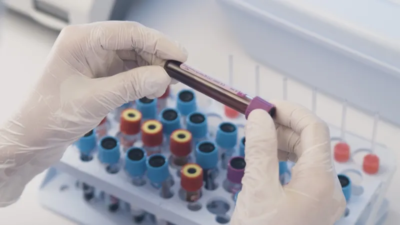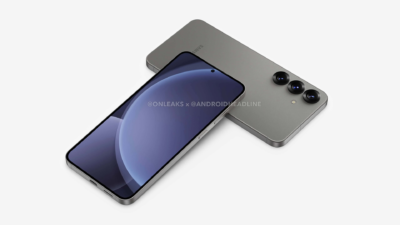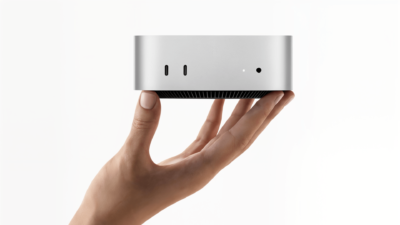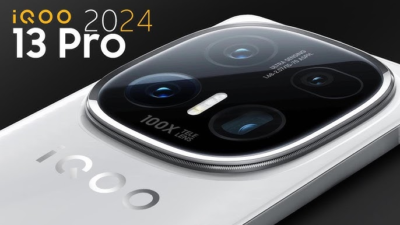What to Look for in a Medical Alert System

Medical alert systems are in-house medical devices that allow vulnerable members of society, such as the elderly and those with disabilities, to access help during an emergency. Some automatically call family members if you press the button, while others connect directly to the provider and emergency services.
While such devices are convenient and can even be life-saving, selecting the right one for your needs can be challenging. Take a moment to consider the following factors before you purchase a medical alert system for yourself or a loved one.
The Company
There’s never any harm in reading information about a company or device before buying, such as a Telus medical alert review. The more you learn about a company, the more confidence you might have to make a purchase. Reviews provide details about a company, its reputation, products, and sometimes even first-hand information from people who have used it. Learn about their transparency, reputation, return policy, product features, and monitoring for peace of mind.
Monitoring Processes
When you’re relying on a medical alert system to save your life in an emergency, how the company monitors the activity can be crucial. Learn the processes they have in place before you buy. Some companies outsource to third-party centers, while others have their own response centers. Some will also give you the option to contact loved ones first or be automatically connected to the response center or emergency services.
Fall Detection
Medical alert system technology has come a long way, and many products come with buttons on the units and wearable buttons, such as pendants, belt clips, and watches. However, not everyone who experiences a fall will be in a position to push a button.
They might have fallen too far from the receiver, or they weren’t wearing their button at the time of the accident. Their fall might have been so severe that they were knocked unconscious. As a result, fall detection can be a crucial feature in any medical alert system.
If the unit has fall detection technology and understands all the signs of a fall, it can alert family members, the provider center, or emergency services without any input from the injured person.
Wearable Technology
Having a button installed on a wall can be convenient for people who feel unwell or have been injured and can make their way to their installed unit to request help. However, not everyone will have such luck.
For example, studies show that falls are twice as likely in the bathroom than in the living room, and you’re unlikely to have your unit installed in this space. Medical alert systems that come with wearable technology can stand out leagues ahead of systems that don’t.
When you’re able to wear a waterproof watch or pendant in the shower, you may have more confidence while living alone. If you do happen to slip in the bathroom, you can reach down to your chest or wrist, push a button, and have emergency services visit to provide potentially life-saving medical treatment. There are many different medical alert systems on the market, but not all will suit your needs. The features above are just a few of the many that help some systems stand out more than others for all the right reasons.
Research Snipers is currently covering all technology news including Google, Apple, Android, Xiaomi, Huawei, Samsung News, and More. Research Snipers has decade of experience in breaking technology news, covering latest trends in tech news, and recent developments.












